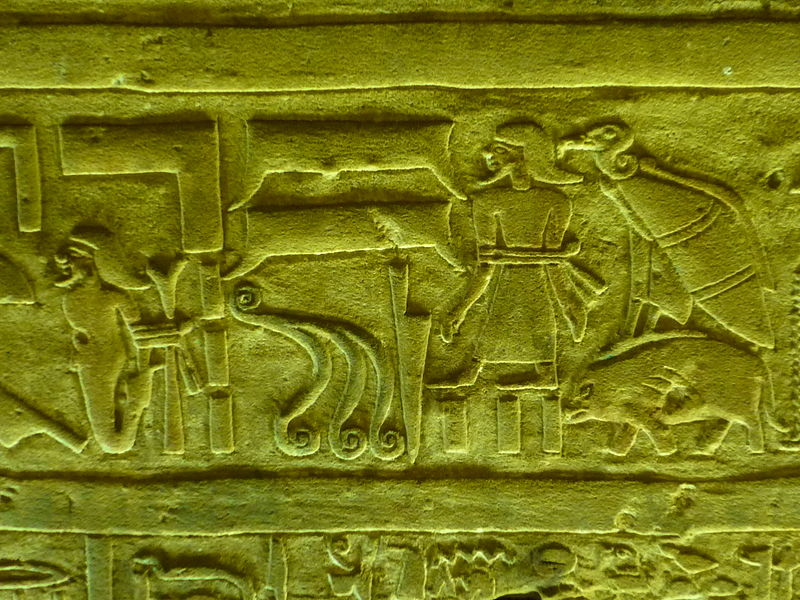Skeletons of the Sahara: PBS Special on Pre-Egyptian burial site circa 8,000 BCE
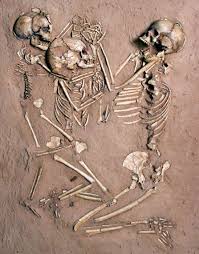

Compare this mural of the Goddess Isis to the representation of Ishtar from Unit 2.
What do you notice?
The Egyptians Exhibit: Picture Gallery
Excerpt: Book of the Dead (primary source)
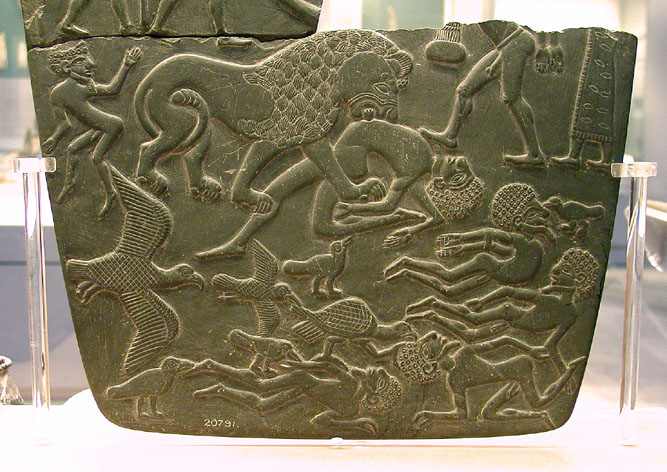
Battlefield Palette, Predynastic Egypt, Source: British Museum, Jon Bosworth, Wikimedia Commons 2013.
Hierakonpolis Palette, Predynastic Egypt, Source: British Museum, Jon Bosworth, Wikimedia Commons 2013.
Subject: prisoners taken in war, tied to stake. Giving rise to "man prisoner" cartouche- Dynastic periods.
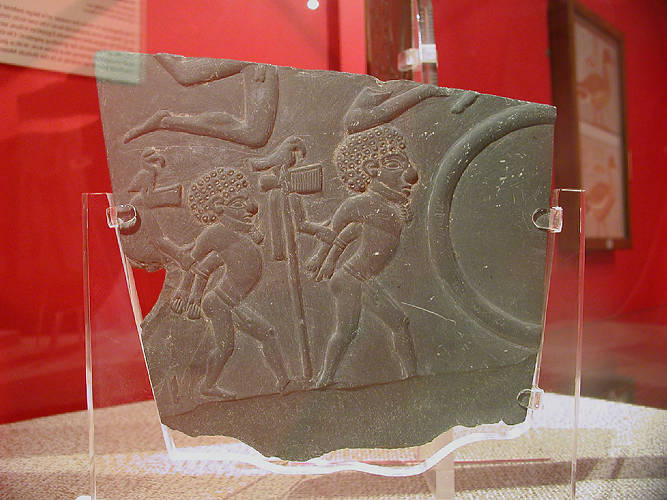

Temple of Edfu Treasure Hall, 12th Dynasty Egypt. Wikimedia Commons, 2013. Note the vulture and (dog?)
Primary Source document: Sacremento Daily Union, December 1898: Carrion Birds of Cuba
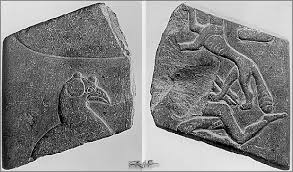
Vultures Palette- predynastic.

http://www.ancient-egypt.co.uk/edfu_main_temple/

Thirtieth Dynasty
Temple Architecture:
Peristyle Colonnades: Virtual Tour, Luxor Temple
colonnade, row of columns generally supporting an entablature (row of horizontal moldings), used either as an independent feature (e.g., a covered walkway) or as part of a building (e.g., a porch or portico). The earliest colonnades appear in the temple architecture of antiquity, numerous examples of which survive in Greece and Rome.
The Greek market hall, or stoa, as seen in Athens, is a particularly good illustration of a long colonnade serving a commercial purpose. Colonnades were much employed in the Baroque and Neoclassical periods, notably in St. Peter’s in Rome, which was designed by Gian Lorenzo Bernini and completed in 1667.
Hypostyle Temples
hypostyle hall, in architecture, interior space whose roof rests on pillars or columns. The word means literally “under pillars,” and the design allows for the construction of large spaces—as in temples, palaces, or public buildings—without the need for arches. It was used extensively in ancient Egypt—where the Temple of Amon at Karnak provides a good example—and in Persia—where the ruins at Persepolis give evidence of outstanding examples of hypostyle construction. This style would later be adopted by eastern Mosques, like the Sheikh Zayed Mosque in Dubai, or the Mesquita, in Spain.
Although the multiple, usually large, pillars naturally consumed much of the floor space of such halls, this drawback was turned to advantage when the columns were carved with heroic or religious motifs. The design has rarely been used in more recent architecture because of more effective means of roof support.
Egyptian Capitals on columns:
Daily life in Ancient Egypt video
- Daily life under Ahmenhotep
Ancient Egypt: Forgotten Empires video
Bettany Hughes: Kufu and Ramses 2
Intro to video - when the Gods ruled Egypt: pre- Menes: Gods and Goddesses video
The Ram God Knum
The Egyptian Book of the Dead - Ani's scroll
Interpretation/ excerpts of Book of the Dead
